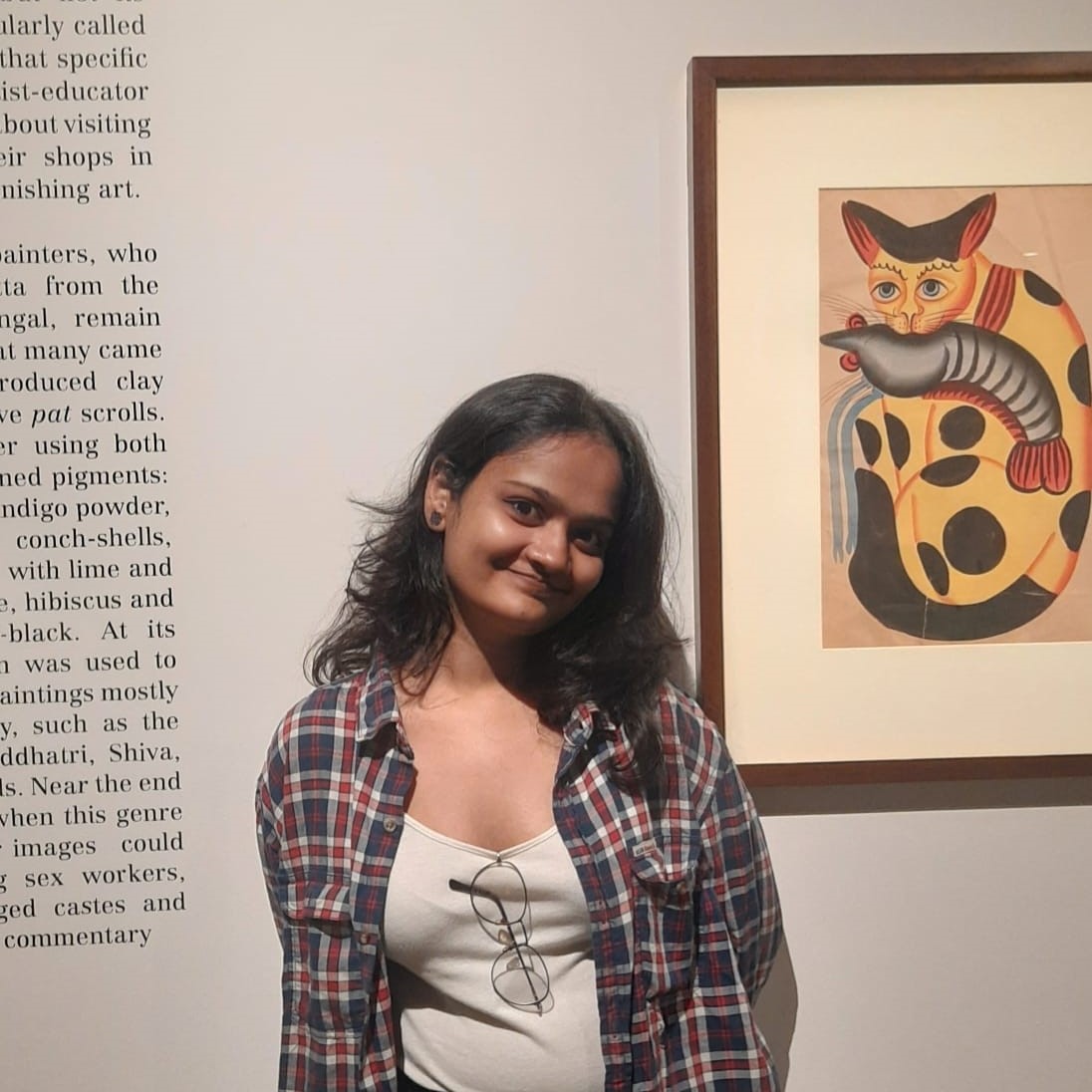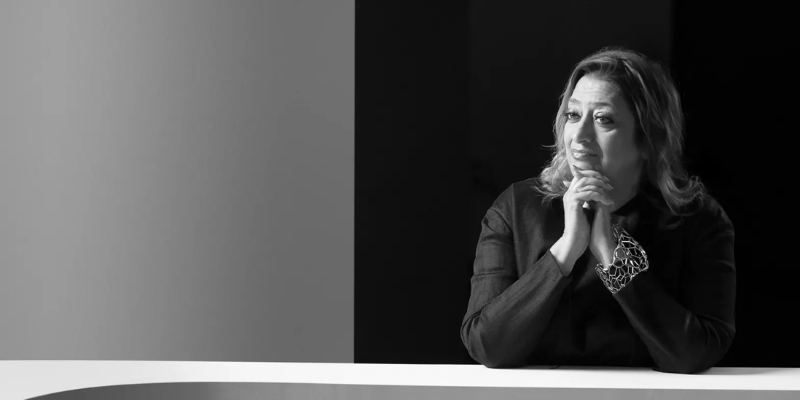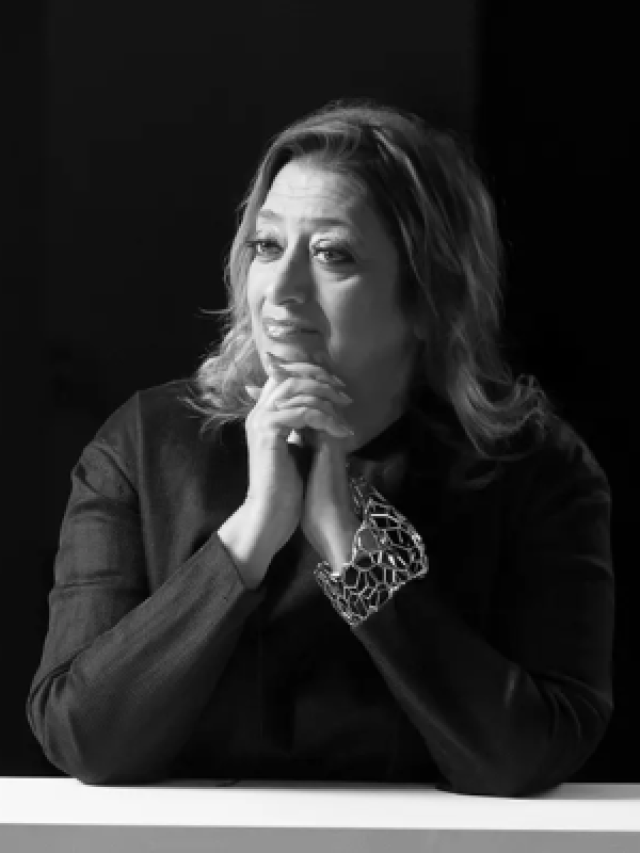The British-Iraqi architect Zaha Hadid passed away seven years ago, leaving a lasting legacy in the field of architecture. Her early interest in architecture was inspired by her upbringing in a politically and artistically active household. She was born in Baghdad in 1950. She pursued architecture in London and worked at the Office of Metropolitan Architecture after studying mathematics in Lebanon. She started her own architectural practice, Zaha Hadid Architects, in 1980.

Zaha Hadid: Architecture style
Hadid advocated a break from the copying culture of her day by challenging conventional architectural forms and incorporating randomness, rationality, and foresight into her projects. Her most famous designs were the angular, motionless shapes of the Vitra Fire Station in Germany and the Heydar Aliyev Cultural Centre in Azerbaijan, where curves made it difficult to distinguish between terrain and architecture.
Zaha Hadid: 5 Famous Buildings
Following are some of the most famous buildings of Zaha Hadid:
1. Vitra Fire Station

The Vitra Fire Station in Weil-am-Rhein, Germany, marked one of Hadid’s early built projects. It featured intersecting concrete planes that shaped the campus street. The Vitra Campus houses various structures by renowned architects and arose after a devastating fire incident. Initially, Hadid was tasked with designing the fire station, but the project expanded to include boundary walls, exercise space, and a bicycle shed, creating a landscaped zone on the campus.
2. MAXXI: National Museum of 21st Century Arts

Zaha Hadid’s design for the National Centre for Contemporary Art and Architecture, selected from 273 candidates in a 1998 competition, impressed with its urban integration and innovative architecture. MAXXI transcends the traditional museum concept with its dynamic, curving volumes and varied spatial configurations, encouraging visitors to explore diverse routes. It maintains a connection to the former army barracks, creating an “urban graft.” MAXXI’s design fosters an immersive, porous, and multifaceted experience, with multiple gallery environments illuminated by natural light and a central atrium housing various facilities.
3. Riverside Museum

The Riverside Museum by Zaha Hadid Architects is a distinctive building with a tunnel-like configuration connecting the city and the Clyde River. The museum’s internal path serves as a mediator between the city and the river, adapting to different exhibition layouts. It symbolizes openness and fluidity, deeply connecting with Glasgow’s history and future. The design features a flexible central space for showcasing the museum’s collection. Zaha Hadid’s design emphasizes the fusion of architectural innovation with cultural roots and engineering traditions, offering a unique and inspiring experience for visitors. The roof structure is complex, supporting glazed end facades without secondary members.
4. Galaxy SOHO

Galaxy SOHO, a project in central Beijing by SOHO China, is a 330,000m2 office, retail, and entertainment complex. Its design, inspired by Beijing’s grand scale, features five flowing volumes connected by stretched bridges. The project’s interior courts reflect traditional Chinese architecture, creating open spaces and a sense of fluid movement. The design emphasizes continuous curvilinearity and offers immersive and interconnected spaces for users.
5. Heydar Aliyev Cultural Center
.jpg?1384455904)
Zaha Hadid Architects were chosen as the design architects for the Heydar Aliyev Center in 2007. The centre aimed to depart from the imposing Soviet architectural style in Baku, reflecting Azeri culture and the nation’s optimism. The design focused on a fluid connection between the plaza and the interior, blurring the lines between architecture and urban space. The project creatively addressed topographic challenges, promoting connectivity. The centre’s structure combines concrete and a space frame system, enabling large, column-free spaces and unique structural solutions.
Hadid never saw herself as a role model, even with her widespread fame and the demand for her designs; instead, she became one by following her passion and shattering stereotypes. Her work, which took inspiration from the rich history of Arab architecture and its influence on the world, was greatly influenced by her Iraqi origin. Hadid was the first female recipient of the esteemed Pritzker Architecture Prize in 2004. Her role as a key character in twenty-first-century architecture was cemented by her latter work, which featured large-scale projects including Wangjing SOHO, Innovation Tower, Dongdaemun Design Plaza, and the Nanjing International Youth Cultural Centre. Because of her refusal to follow convention, acceptance of non-traditional forms, and transformation of the architectural landscape, Zaha Hadid built an imprint that will last in the industry.
References:
- ArchDaily
- Dezeen
- MAXXI- Museo Nazionale Delle Arti Del XXI Secolo
- Architectural Digest
Read Also:

Vaishnavi Srivastava is a learning writer, a keen researcher and a literature enthusiast. She is a Sub-editor at Abir Pothi.






